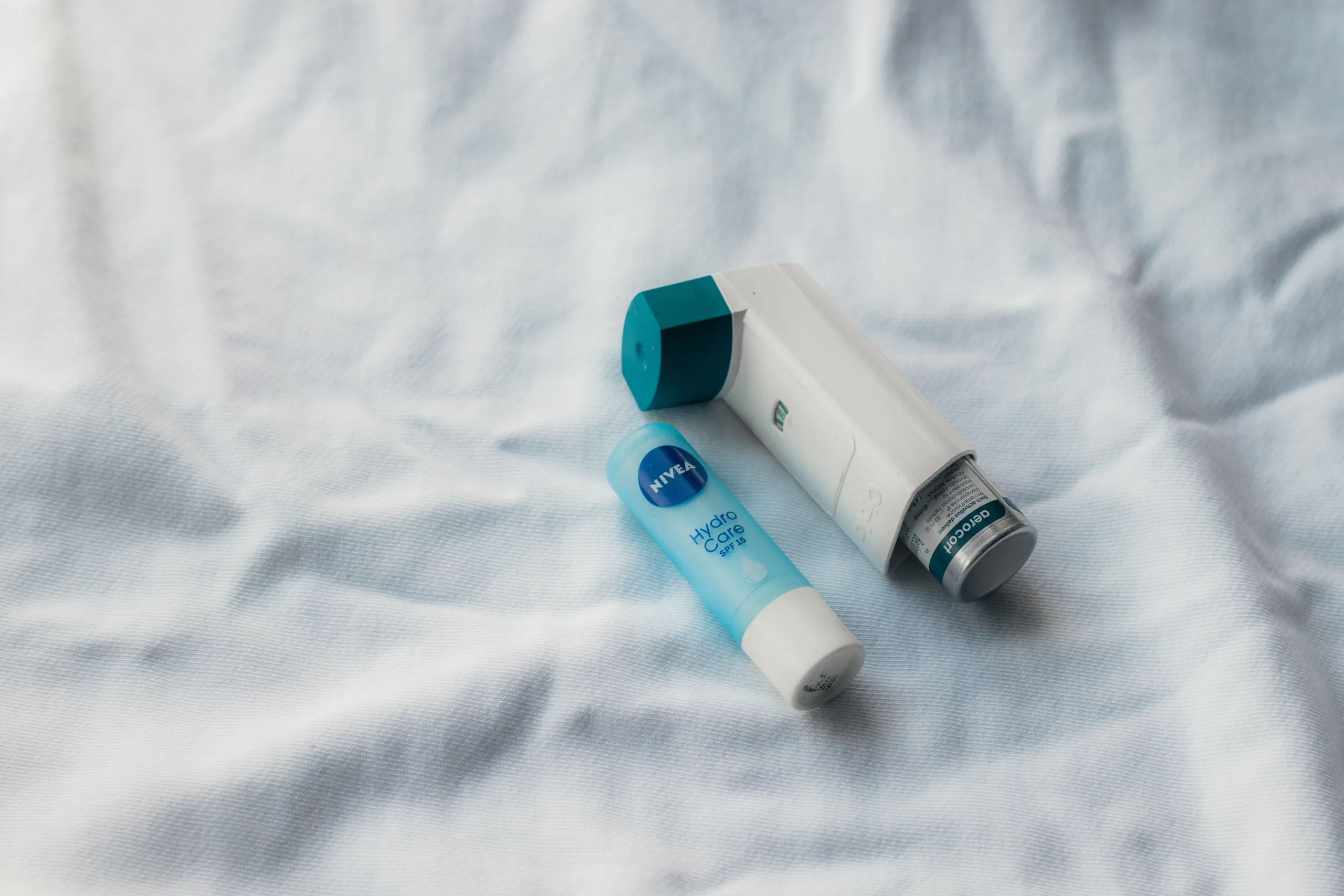Parents smoke around children, even those who have asthma.

According to the survey, 4.4% of adults nationwide admitted to using e-cigarettes in 2016 and 2017. The percentage was higher among people with children (4.9%) and even higher among individuals who shared a home with an asthmatic child (5.6%).
According to main study author Jenny Carwile of Maine Medical Center in Portland, “e-cigarette users frequently regard the aerosols as innocuous “water vapours” and are unlikely to have family rules restricting e-cigarette usage in homes and vehicles.
E-cigarette aerosols “contain potentially dangerous components including volatile organic compounds like formaldehyde, nicotine, heavy metals, and ultrafine particles,” Carwile wrote in an email, despite the fact that the study did not look at the health effects of second-hand e-cigarette exposure.
All of the major American tobacco corporations are working on e-cigarettes. The battery-operated devices have a lighted tip and a heating element that create a vapour cloud that users inhale from liquid nicotine and flavourings.
Even though e-liquids don’t contain nicotine, inhaling the vapour exposes the lungs to flavouring compounds. While many flavourings are thought to be safe for consumption, some earlier research indicates that breathing in the vapour from these chemicals may harm the heart, lungs, and blood vessels.
Data from the 2016–2017 U.S. Behavioral Risk Factor Surveillance System, a nationally representative phone survey, were analysed for the current investigation.
According to a study published in JAMA Pediatrics, the percentage of adults using e-cigarettes ranged from as low as 2.3 percent in the District of Columbia to as high as 7.7 percent in Oklahoma.
The purpose of the study was not to determine why adults use e-cigarettes or whether children’s health could be harmed by breathing e-cigarette fumes.
But according to Jeremy Drehmer, a researcher at Massachusetts General Hospital in Boston who wasn’t involved in the study, the findings show that at least some parents may be vaping around children because they think it’s safer than exposing them to secondhand cigarette smoke.
In an email, Drehmer stated that “this study underlines the need for additional research to better understand the long-term health repercussions for children from secondhand and thirdhand exposure to e-cigarette aerosol.” It also emphasises the urgent need to inform anyone who share a home with a child of the potential health concerns associated with exposure to secondhand e-cigarette aerosol.
In case any of the issues described in this article are affecting you, please do not hesitate to contact us, and we will see what we can do to assist you.


